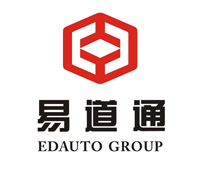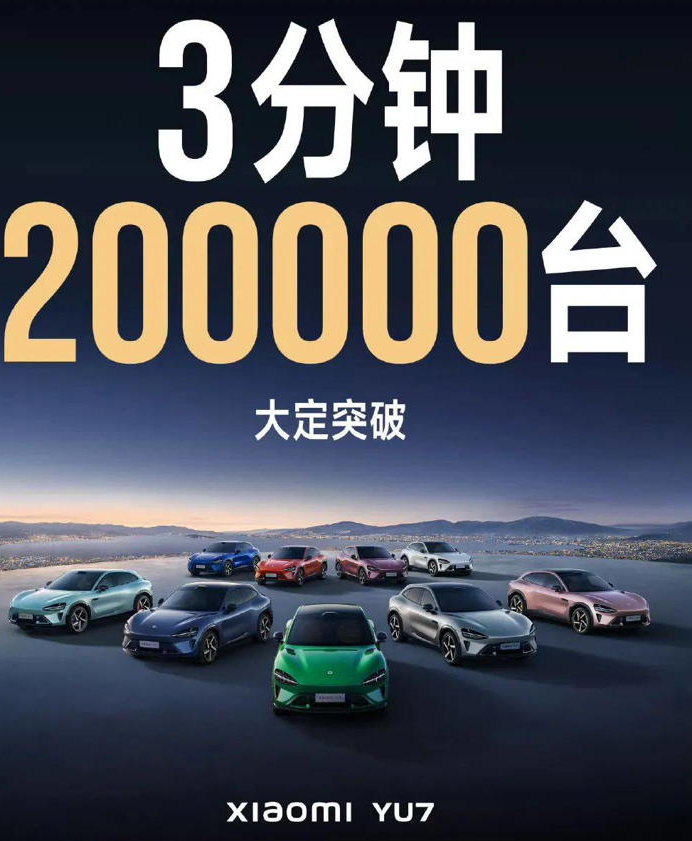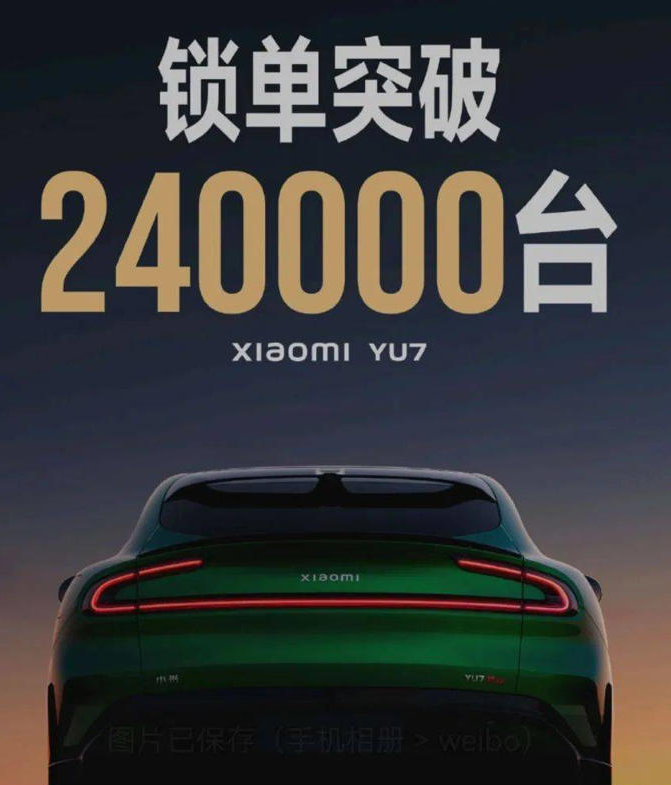1. The long wait: Xiaomi Auto’s delivery challenges
In the new energy vehicle market, the gap between consumer
expectations and reality is becoming increasingly apparent. Recently, two new models of Xiaomi Auto, SU7 and YU7, have attracted widespread attention due to their long delivery cycles. According to data from the Xiaomi Auto App, even for the Xiaomi SU7, which has been on the market for more than a year, the fastest delivery time is still 33 weeks, about 8 months; and for the newly launched Xiaomi YU7 standard version, consumers have to wait for up to one year and two months.
This phenomenon has caused dissatisfaction among many consumers, and some netizens have even jointly requested the return of their deposits. However, the long delivery cycle is not unique to Xiaomi Auto. In the domestic and foreign auto markets, the waiting time for many popular models is also staggering. For example, Lamborghini’s top model Revuelto requires more than two years of waiting after booking, the delivery cycle of Porsche Panamera is also about half a year, and owners of Rolls-Royce Spectre have to wait for more than ten months.
The reason why these models can attract consumers is not only because of their high-end brand image and excellent performance, but also because of their unique competitiveness in the market segment. The pre-order volume of Xiaomi YU7 exceeded 200,000 units within 3 minutes of its launch, which fully demonstrated its market popularity. However, the subsequent delivery time makes consumers doubt: one year later, can the car they have been dreaming of still meet their original needs?
2. Supply chain and production capacity: Behind delivery delays
In addition to consumer expectations and brand popularity, the lack of resilience in the supply chain and the limitations of the manufacturing cycle are also important factors causing delivery delays. In recent years, the global chip shortage has directly affected the production progress of the entire vehicle, and the production of new energy vehicles is also restricted by the supply of power batteries. Take Xiaomi SU7 as an example. The standard version of the product had a significantly extended delivery time due to insufficient battery cell production capacity.
In addition, the production capacity of car companies is also a key factor affecting delivery time. The production capacity limit of Xiaomi Auto’s Yizhuang factory is 300,000 vehicles, and the second phase of the factory has just been completed with a planned production capacity of 150,000 vehicles. Even if we go all out, the delivery volume this year will not exceed 400,000 vehicles. However, there are still more than 140,000 orders for Xiaomi SU7 that have not been delivered, and the number of locked orders for Xiaomi YU7 within 18 hours of its launch has exceeded 240,000. This is undoubtedly a “happy trouble” for Xiaomi Auto.
In this context, when consumers choose to wait, in addition to their love for the brand and recognition of the model’s performance, they also need to consider market changes and technological iterations. With the continuous advancement of new energy vehicle technology, consumers may face the introduction of new technologies and changes in market demand during their waiting period.
3. Technological innovation and consumer experience: future choices
As the new energy vehicle market becomes increasingly diversified, consumers need to consider multiple factors such as brand, technology, social needs, user experience, and value retention rate when facing a long waiting period. Especially in the era of “software defines hardware”, the quality of cars increasingly depends on the new features and experience of software. If consumers have to wait for a year for the model they ordered, the software team of the car company may have iterated new features and new experiences many times during this year.
For example, the continuous innovation of BYD and NIO, two well-known
domestic automobile brands, in software updates and intelligence has attracted a lot of attention from consumers. BYD’s “DiLink” intelligent network system and NIO’s “NIO Pilot” autonomous driving technology are constantly improving users’ driving experience and safety. These technological advances not only improve vehicle performance, but also provide consumers with higher value.
After weighing the pros and cons, consumers should pay attention to the matching between software iteration and hardware configuration when choosing to wait, so as to avoid waiting for a car that is outdated as soon as it is launched. In the future, with the continuous improvement of new energy vehicle technology and the continuous changes in the market, consumers will have more diversified choices.
In short, the upsurge of the new energy vehicle market is attracting more and more consumers. Although the waiting time is long, for many people, the wait is worth it. With the continuous innovation of technology and the continuous improvement of brands, the new energy vehicles of the future will bring better experience and higher value to consumers.
Email:edautogroup@hotmail.com
Phone / WhatsApp:+8613299020000
Post time: Jul-10-2025




